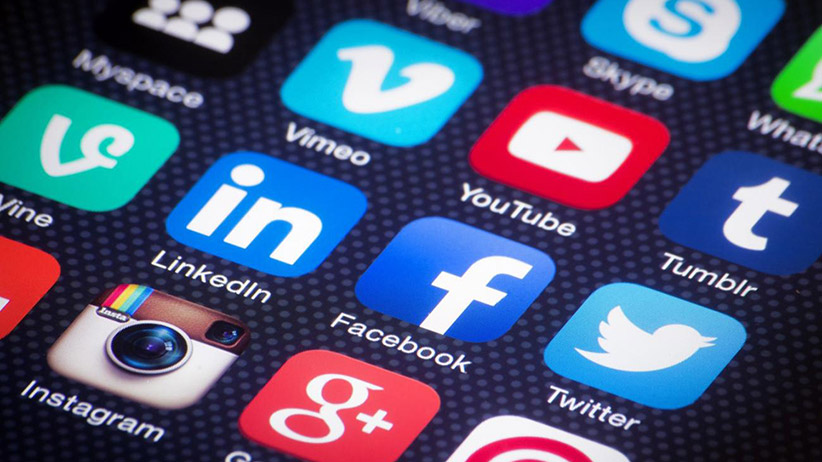Agency use of social media must follow general standards of care regarding government conduct; a ruling concerning an EPA social media campaign was recently issued by the GAO to address potential propaganda and lobbying issues.
This ruling cites applicable regulations in the Financial Services and General Government Appropriations Act, 2015. Rulings like this can both clarify some issues and raise new questions about social media usage in government.
Those questions may discourage organizations from deepening their social presence. However, as social media remains an essential form of communication with citizens, that would only serve as a detriment to those agencies and the people they are trying to reach.
The guidance on social media prohibitions can be generally summarized into four categories:
- Offensive, vulgar, or personal attacks
- Endorsement of products, services, entities, or political parties or candidates
- Propaganda, publicity, or self-aggrandizement
- Lobbying members of Congress
At first glance, it might seem easy to avoid these pitfalls. However, the reality is more nuanced. It’s not just what an agency says, but how they say it and what might be construed from the content. The EPA ruling highlights these nuances, but also, as mentioned, provides insight into what social media managers can do to avoid the same issues. Organizations should:
- Maintain transparency at all times – This refers not just to the actual message content, but also to the ownership of the message. Two questions can help with this: 1) Who will be the ultimate audience of this message and 2) Will they know this message originated from the agency? It is important to remember that social media is about networks, so the ultimate audience is not the people an agency immediately interacts with, but the peoplethose people interact with. That final audience needs to be able to discern where the message came from just as easily as the original audience. A retweet follows this guidance because the original author is clearly indicated, whereas an automatically promoted message requires an agency to specifically indicate ownership.
- Own the content in its entirety – As the rules are currently written, organizations have ownership for their content whether it is expressly written by that agency or linked to by the agency. When linking to outside sources, organizations should be aware of the content provided by that source and be reasonably certain it is not in violation of one of the above prohibitions. In addition, agencies are responsible for their content on a continuing basis, so it may be necessary to go back and check linked content and make updates as needed.
- Promote without puffery – An essential component of social media is using it to promote an agency’s mission and the work being done toward that. Nevertheless, it is important to use facts over opinions in that promotion. An agency can still discuss the benefits of a new policy or program as long as that messaging does not seek praise for the agency itself.
The immediacy and permanence of social media make users more vulnerable to scrutiny, and it is this scrutiny, which can discourage government agencies from meaningfully utilizing social tools. However, our society demands the use of social media. This is why, in spite of the potential risks, agencies, such as the GSA, still encourage “the use of appropriate social media technologies to enhance communication, collaboration, and information exchange in support of [the] mission.” Organizations should indeed be conscientious about their social media usage and follow the guidelines and related legislation, but that should not be cause for limiting an agency’s social media presence.
This post is reposted from the Center for the Business of Government.
Find Darcie on Twitter @darciepie





Leave a Reply
You must be logged in to post a comment.